Depending on our location, the connection between our computer and the Internet will success thanks to different hardware. The hardware used to connect has different tecnical margins, limiting our bandwidth, but also the connection contract signed with an Internet Service Provider, a commercial corporation offering access to the Internet, limitates the upstream and downstream margin from our machine to the world network.
Common scenarios are:
- Telephone modem
- ISDN router or modem
- DSL or ADSL
- LAN: univerity or corporation buildings
- Open wireless connections
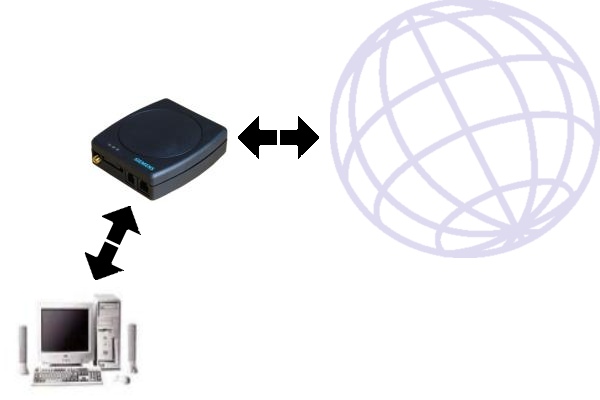
The most popular Internet connection scenario in the '90s, is slowly but inexorably disappearing from european countries. Anyway a lot of domestic connections still use such a connection scenario.
There are different modems with different bandwidth rates. The most popular, anyway, are the classic 56K modems: between 5KB/s and 10KB/s downstream, between 3KB/s and 7,5KB/s upstream
The telephone modem scenario is the worst case scenario for radio streaming: it should be only used for voice streaming.
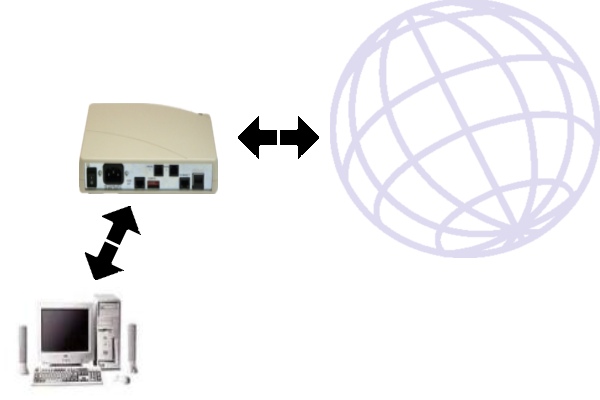
ISDN comes into your house in a single pair of wires, just like a regular phone line does. You can have a 1D ISDN line that has one phone number and supports up to 64KB/s data or a 2D ISDN line that has two phone numbers and supports up to 128KB/s of data. You can use the phone line and data at the same time if you have a 2D line. The telephone line "uses up" one of the two ISDN channels, so your data drops to 64KB/s. Anyway, the maximal downstream and, specially, the upstream bandwidth is influenced by ISP limitations.
To connect ISDN to a computer, you could use a modem or an ISDN router. ISDN routers usually have a built-in hub with four or more RJ-45 connectors for Ethernet, the standard network connection cables, and can function as DHCP servers.
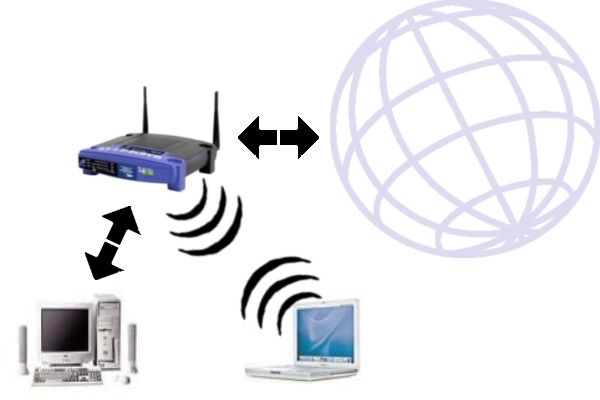
Digital Subscriber Line is a family of technologies that provide digital data transmission over wires used in the "last mile" of a local telephone network. Typically, the download speed of DSL ranges from 128Kbit/s (16KB/s) to 24,000 Kbit/s (3MB/s) depending on DSL technology and service level implemented. Upstream rate is lower than downstream rate for ADSL, and keeps symmetrical for SDSL.
The subscriber end of the connection consists of a DSL modem. This converts data from the digital signals used by computers into a voltage signal of a suitable frequency range which is then applied to the phone line. Anyway, more and more DSL companies supply costumers with modem capable routers, which function as indipendent machines: they create a cabled and/or wireless Local Area Network, supply DHCP service, and act as a firewall.
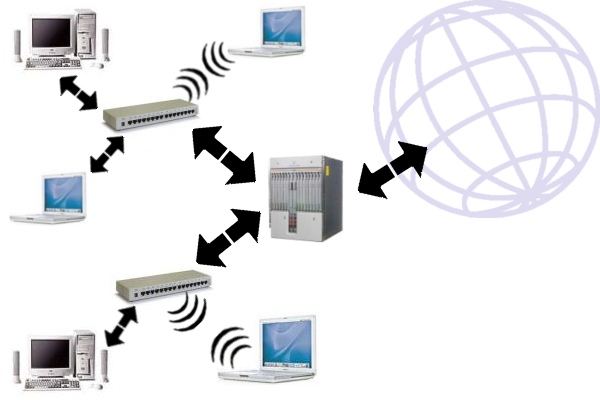
In big Local Area Networks, such as in university, colleges, or corporation buildings, single computers connect to hubs, switches or wireless access points, which are then connected to a dedicated machine acting as a router for an Internet connection.
In such a scenario the upstream and downstream rates are very high: up to 12,5MB/s in a 100Mbit/s LAN, up to 125MB/s in a 1000Mbit/s LAN. Here connection is not a problem anymore, but you should check if the firewall between the LAN and the Internet is not so conservative to block your broadcasting efforts, as in the case of some corporation buildings.
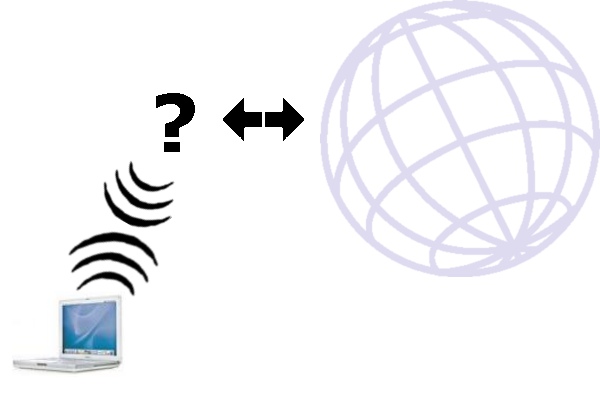
In such a scenario, frequent in european cities, your computer, thanks to a wireless device, connects to the Internet through an open wireless connection. As long as it is connecting, people are used not to think too much about where the connection is coming from. Some consideration, anyway, have to be said.
There are two possibilities, why you get a free wireless connection: the first one is that somebody knows exactly what he/she is doing and leaves the bandwidth he/she is not using for free Internet access for anybody; the second possibility is that somebody is not really aware of offering a free Internet connection, but has not the tecnical knowlege to realize it.
In both cases quite always this person has a DSL connection with a wireless router as a gateway. In both cases, politeness is the key word for the connection user: don't try to do any bad things and do not abuse of bandwidth if you want to keep your connection alive, and in respect of the person offering a free connection to you. Offering free Internet is, actually, a very good action!
Do not abuse of bandwidth means that for radio streaming it is an hazarduos decision to broadcast from such a connection: you should than limit your upstream to low bit rates, otherwise the you require the whole connection and maybe your unknown sponsor will face slow bandwidth rates and will, eventually, throw you out of the network! And, anyway, a wireless broadcaster could face a serious amount of packets getting lost!
After all these recomendations, if you still want to broadcast through an open connection, you should first run some tests: be sure that the connection is stable, constant and that the lost package rate is acceptable; find the position that gives you the best wireless connection; test the upstream rate; try to figure out what's behind the access point.
Tools and informations related to this test can be found in the connection tools section (mtr and traceroute will give you a lot of interesting informations) and in the streaming bottlenecks section of this course.